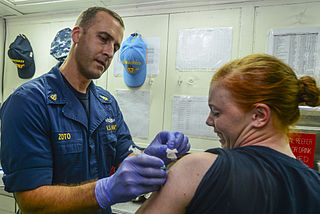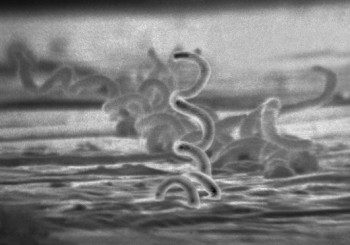
The best way to avoid the flu is spending the months from fall until spring in a solitary bunker, communicating with other people only electronically. The second best way is getting the flu vaccine. The Centers for Disease Control and Prevention (CDC) recommends the flu vaccine for everyone over 6 months who doesn't have a specific contraindication to it.
Because of the increasing number of different flu vaccines that are now available, this post highlights the three most commonly used fl...
More


 The joys of September! Parents gleefully shove their reluctant children onto school buses, the palm trees in Los Angeles don’t change color, and everyone realizes that they gained 20 pound...
The joys of September! Parents gleefully shove their reluctant children onto school buses, the palm trees in Los Angeles don’t change color, and everyone realizes that they gained 20 pound... 






 In 1996 a naturopath published “Eat Right 4 Your Type”, a diet book purporting that people with different blood types would benefit from different diets. There are a lot more people who want to lose weight than who want to exercise skepticism, s...
In 1996 a naturopath published “Eat Right 4 Your Type”, a diet book purporting that people with different blood types would benefit from different diets. There are a lot more people who want to lose weight than who want to exercise skepticism, s...